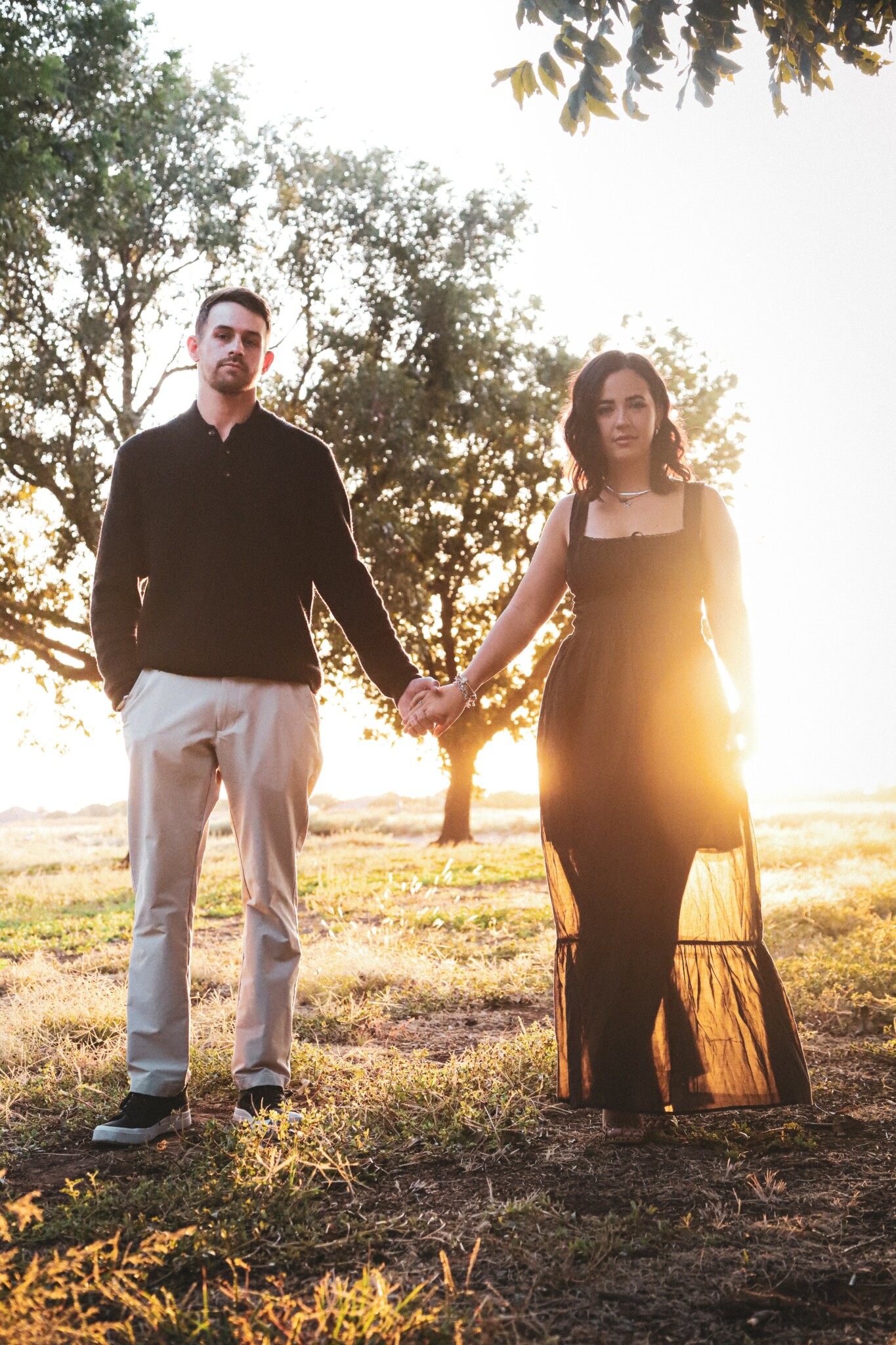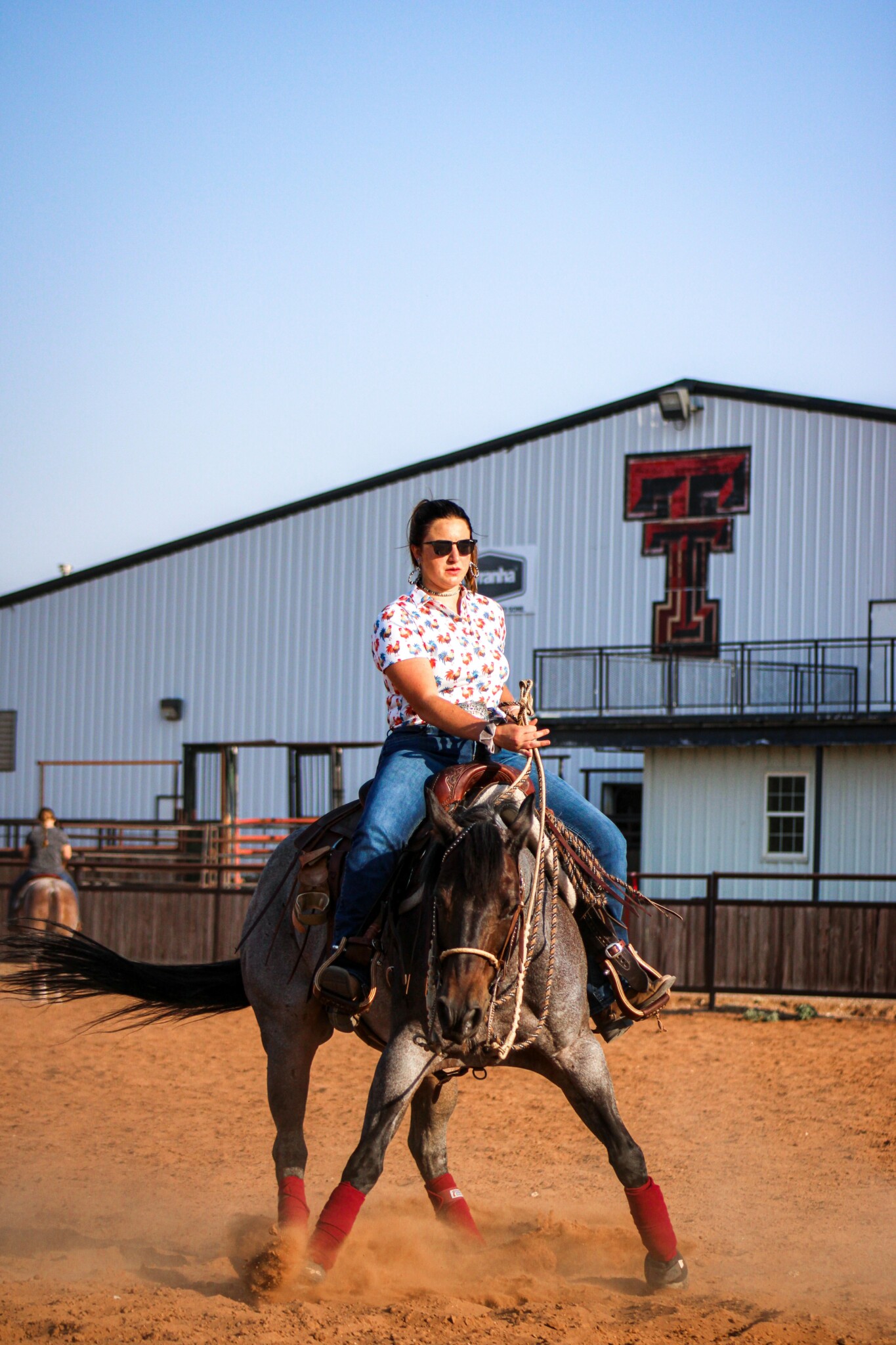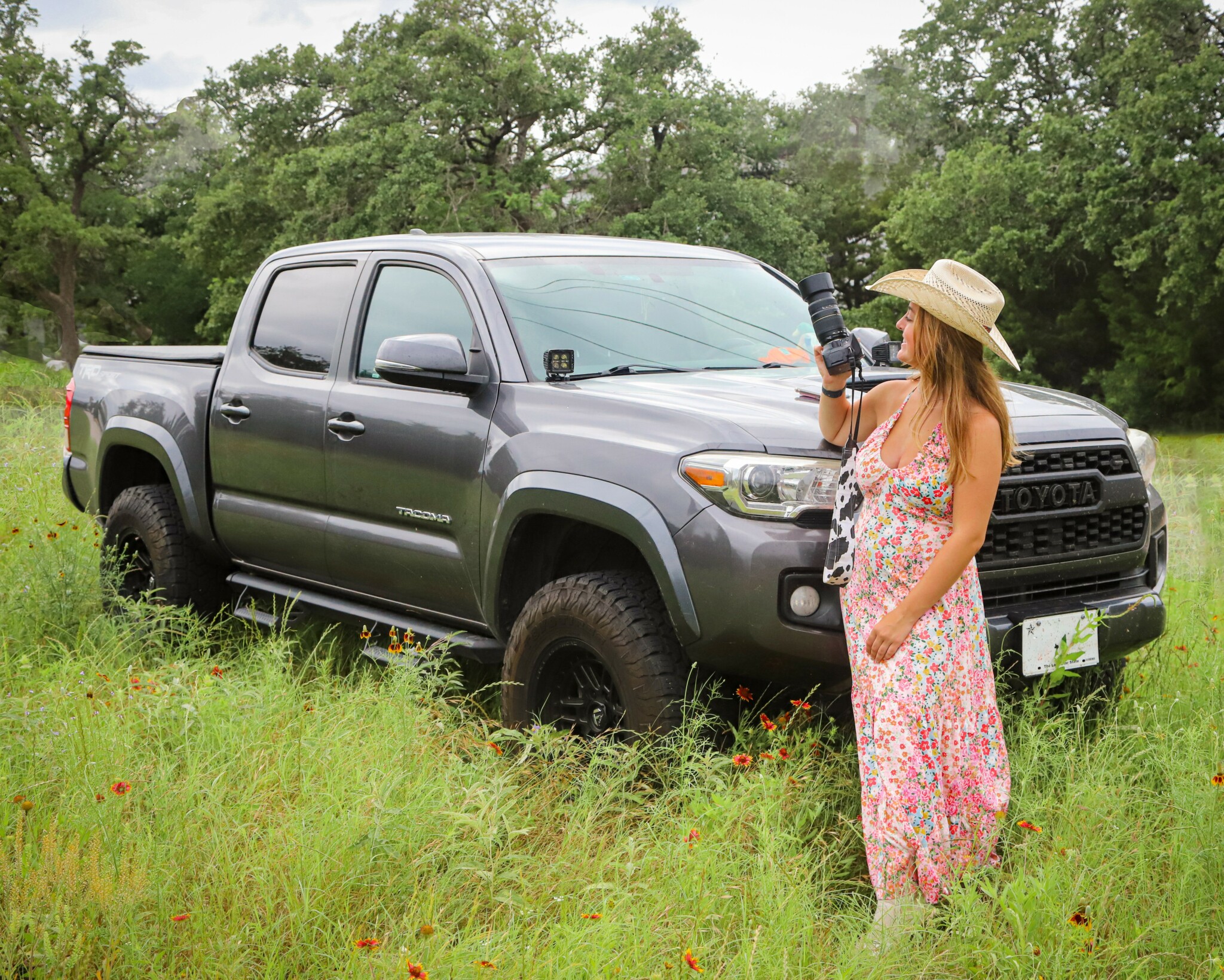We caught up with the brilliant and insightful Kaya Kinsey a few weeks ago and have shared our conversation below.
Kaya, appreciate you joining us today. Can you talk to us about how you learned to do what you do?
How did you learn to do what you do?
I began my photography journey in seventh grade when I joined my middle school yearbook class. During this time, I had the privilege of learning from an exceptional teacher, Mr. Lichtenberger. I served on the yearbook staff for two years, eventually advancing to a leadership position in eighth grade. After a brief hiatus, I rediscovered my passion for photography in high school, where I credit much of my development to Jessica Stamp. As the yearbook and journalism teacher at Vandegrift High School, Ms. Stamp provided me with not only access to top-tier equipment but also a deep understanding of camera techniques and Adobe software. Her guidance played a pivotal role in shaping my skills and knowledge in the field.
Knowing what you know now, what could you have done to speed up your learning process?
Looking back, one thing I believe would have significantly accelerated my learning process is getting involved earlier and staying engaged throughout my early high school years. In particular, dedicating time to learning Adobe Lightroom from the start would have been pivotal. Mastering this tool sooner would have greatly enhanced my editing workflow and allowed me to elevate the quality of my photos much earlier in my journey.
What skills do you think were most essential?
The key skills that have been essential to my growth as a photographer are people skills and mastering the technical aspects of my camera, particularly shooting in manual mode. Photography, especially when capturing someone’s memories, goes beyond simply pointing and shooting. It requires the ability to connect with people, understand their personalities, and convey their stories through the lens. This human element is critical for creating meaningful, authentic images. Additionally, learning to shoot in manual mode was a game-changer for me. It allowed me to fully understand the intricacies of my camera settings, giving me greater control over exposure, depth of field, and composition. Mastering manual mode ensures that I can achieve the best possible image quality and creative vision in any setting.
What obstacles stood in the way of learning more?
One of the main obstacles I encountered in my learning process was mastering the various software programs, particularly the Adobe suite. The complexity of programs like Lightroom and Photoshop posed a steep learning curve. It often took time and patience to become proficient, and there were moments when I felt overwhelmed by the vast range of tools and options. However, with persistence and practice, I gradually gained more confidence and skill.


As always, we appreciate you sharing your insights and we’ve got a few more questions for you, but before we get to all of that can you take a minute to introduce yourself and give our readers some of your back background and context?
I’m a photographer with a deep passion for capturing both the essence of people and the world around us. My photography journey began in middle school, where I first got involved in the yearbook staff. I was fortunate to have inspiring mentors along the way, particularly in high school, where I was able to hone my craft under the guidance of Jessica Stamp, a remarkable teacher who not only helped me master camera techniques but also the intricacies of editing software like Adobe Lightroom and Photoshop. Over the years, I’ve grown from taking photos of classmates to developing my own unique style and voice as a photographer. With this being taking photographs of sports teams, high-style events, weddings, rodeos/livestock shows, etc.
I specialize in portraiture and photojournalism, with a focus on telling authentic stories through imagery. My work spans personal portraits, event photography, and journalistic features, often bringing a documentary approach to the table. I believe the best photos are those that capture a moment’s true emotion, and my goal is always to create an image that resonates with both the subject and the viewer.
What sets me apart is my ability to blend technical expertise with a genuine connection to the people I work with. Whether I’m photographing a corporate executive, a family, or capturing a live event, I approach each project with a focus on building trust and rapport. I’ve learned that the best photos happen when people feel comfortable and seen, and that’s where I thrive.
I’m incredibly proud to have been recognized as the 3rd best photojournalist in the country by NSPA. Achieving this milestone was a reflection of both my growth as a photographer and the dedication I’ve put into my craft over the years. It’s an honor to have my work validated on such a prestigious level, and it motivates me to keep pushing the boundaries of what I can capture through my lens.
For potential clients and followers, I want them to know that I’m not just a photographer—I’m a storyteller. I’m dedicated to providing an experience that goes beyond just taking photos; it’s about creating images that will resonate long after the moment has passed. I believe in collaboration, open communication, and above all, delivering a product that not only meets but exceeds expectations.


Are there any resources you wish you knew about earlier in your creative journey?
One resource I wish I had known about earlier in my creative journey is the value of reaching out to teachers and peers for advice. Early on, I was often hesitant to ask questions or seek guidance, thinking I needed to figure everything out on my own. However, as I became more comfortable with connecting to others, I realized just how valuable their insights could be. Whether it was technical advice on camera settings, creative direction on a project, or simply feedback on my work, the conversations I had with more experienced photographers and mentors helped me grow exponentially.
Building a network of trusted individuals to learn from—whether through formal mentorship or casual peer discussions—has been one of the most beneficial tools in my development. I now understand that collaboration and seeking advice isn’t a sign of weakness; it’s a key to refining your craft. If I could go back, I would have started reaching out and learning from others much sooner.


We’d love to hear about how you keep in touch with clients.
Building brand loyalty has been a gradual process for me, and it started with a strong foundation of friends and family. Early on, they were my first supporters and clients, and I always made sure to deliver quality work that exceeded their expectations. As word spread about my work, I started to gain more clients through referrals. Maintaining close relationships with those initial connections was key—they trusted me not only for my skills but for my professionalism and personal touch.
To foster loyalty, I’ve always made it a point to stay in touch with my clients and keep them engaged. Whether it’s through follow-up emails, sharing new work on social media, or simply checking in with them every so often, I aim to show that I value their support and respect their wishes. It’s important to me that clients feel heard, appreciated, and understood, which helps build long-term relationships.
Above all, I focus on clear communication and delivering work that aligns with what they envision, which has helped me turn one-time clients into repeat clients. By honoring their needs and staying connected, I’ve been able to create a network of loyal clients who continue to support my work and refer me to others.
Contact Info:
- Website: https://kkinseyphotography.mypixieset.com/
- Instagram: kkinseyphotography


Image Credits
All images taken by Kaya Kinsey at KKinseyphotography


